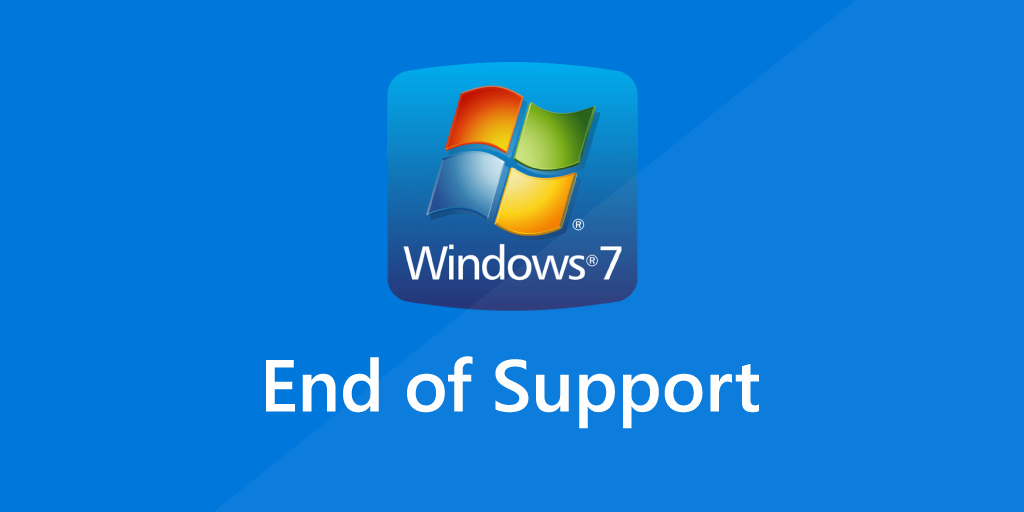Pictures Manchester United v Fulham Manchester Evening News
Fulham 1 Manchester United 2 on the 13th of November 2022. Fulham. 1. 2. Manchester United.. Manchester United have won their last six Premier League away games against Fulham …

Fulham 1 Manchester United 2 on the 13th of November 2022. Fulham. 1. 2. Manchester United.. Manchester United have won their last six Premier League away games against Fulham …

De Joardy Show. De Joardy Show staat garant voor een avond met geliefde personages als Harco en Brian Rompoe zwaar ongefilterd privémateriaal van Jim en comedyworkshops van Oscar Aerts (GTST …

Move to Azure. Get free Extended Security Updates for three years after end of support in Azure which includes destinations such as Azure Stack HCI and Azure VMware Solution to …

The open-air museum has got his name from the Vogtsbauernhof a farm that is located at this place since 1612 and whose owner around 1650 was valley reeve in Gutach. …

A true auteur and champion of American independent film Jim Jarmusch has proven himself to be a master of the directing profession. Many of his films including Dead Man Coffee …
:format(jpeg):mode_rgb():quality(90)/discogs-images/R-8665487-1466285240-5114.jpeg.jpg)
This song by Gerry & the pacemakers was released in 1963 and i believe it was their first number 1 hit here in the UK. A lot of people might …

In een pannetje breng je de slagroom aan de kook. Voeg het stoofperensap en de suiker toe roer tot de suiker is opgelost. Haal de pan van het vuur knijp …

Palestina (de Staat) Zowel de autoriteiten op de Westelijke Jordaanoever als de de facto Hamas-regering in Gaza dulden geen kritiek. Ze schenden de vrijheid van meningsuiting en die van vergadering …

Popular Short Haircuts For Men. The most popular short haircuts for men are the comb over fade textured quiff crew cut slick back undercut French crop faux hawk and modern …